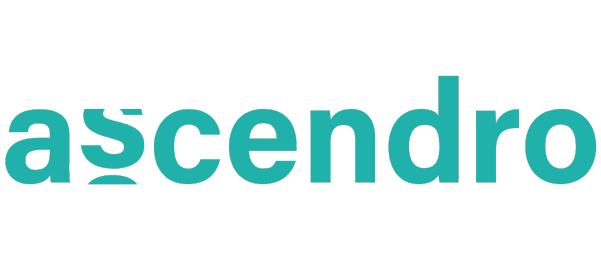When I started as a developer, the usual estimation formula was – everything estimated times three. For once, development was an art in my early days :-), but more conservative estimation models were not yet widely available.
Today, more than 20 years later, we have all sorts of estimation models and methods at our disposal. But what is still indispensable is to know what effort is required to successfully deliver a user story. In particular, for all delivery options, from pure development to development and operations to DevOps and beyond, it is important to understand the required skill configuration. Its mirror image is the work breakdown structure (WBS). All macro tasks need to be considered; how will the work be done, what effort, risk and buffers will be added and what cross-functional tasks need to be considered. This ensures that the Definition of Done (DOD) can be achieved and mitigates estimating and skill gaps. Not only does the work breakdown structure provide more clarity on the effort, it is also a great communication tool to illustrate the work and cost required. It’s not just Dev and QA that deliver, but also Ops, PO Work, Scrum Masters, and so on that are needed, and their costs must be absorbed.
Related Posts
February 20, 2025
The Low-Code approach for fintech software development in 2025
Low-code is transforming fintech software development by automating processes &…
January 30, 2025
The future of low-code development in 2025: What’s next for business process optimisation?
How will low-code development shape up in 2025? Start optimising your business…
November 23, 2023
Offshore vs. Nearshore software development companies: Choose the right model for your business
Offshore or nearshore software development? Choose the right model for your…




